 Right off the bat, Original Sin doesn’t feel like a normal event.
Right off the bat, Original Sin doesn’t feel like a normal event.
This superhero story occupies a space where the stakes aren’t clearly defined, the culprit could be anyone, and the detective(s?) are as shady as the business they’re in – a classic whodunnit setup. The whodunnit is a story not often played out like this in superhero comics, especially when it’s touted as Marvel’s big summer event, providing something that feels decidedly different.
Original Sin finds its core in two of the more unlikely protagonists in current comics history: the recently retired Nick Fury, and a mysterious figure with a crew of the Marvel Universe’s misfits. The Watcher Uatu has been murdered, and his eyes are stolen – and it may not be a villain this time. The way this setup opens Marvel’s roster for a big event is a cool idea, and the pairing of the Punisher and Doctor Strange holds great promise. The return of Nick Fury is also a fun addition, laying the foundation of the classic gumshoe character of this noir-like tale.
Aaron is the perfect choice for such a large ensemble cast, nailing the characters down easily. The only complaint is in regards to the constant reference to “the boss”, rather than any named character makes for some fairly clunky dialogue, but it’s bound to be a small price to pay if the reveal works out in the end.
Deodato’s art is as good as ever, with some impressive character work, clever panel design, and some gorgeous vistas. Aside from some colouring issues, with Steve Rogers’ t-shirt inexplicably changing colour, and some panels are deprived of detail thanks to some heavy shadowing, Frank Martin is up to the task of matching the tone of Aaron’s story.
Like almost every event since forever, Original Sin starts off strong. But a lot of events start strong, only to eventually disappoint – Age of Ultron comes to mind. Let’s hope Aaron and Co. can stick the landing.
If not, well, at least they had an excuse to dust off Nick Fury’s flying car off again.
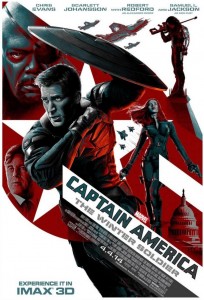
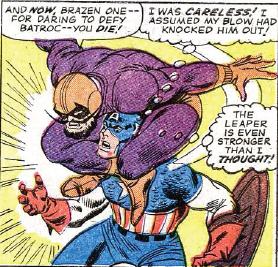
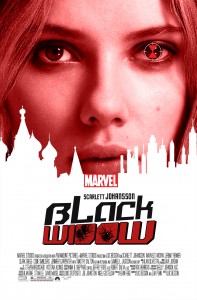

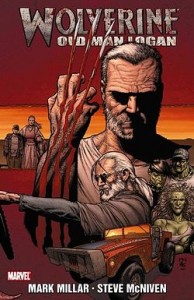
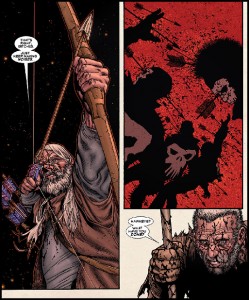
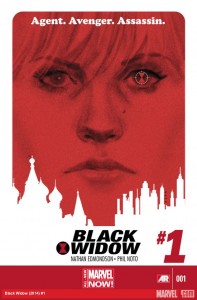
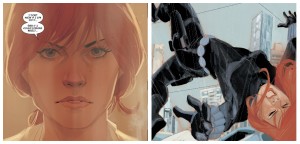
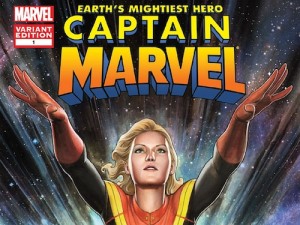
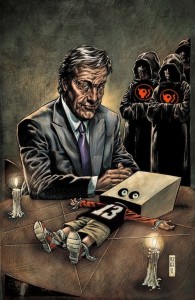

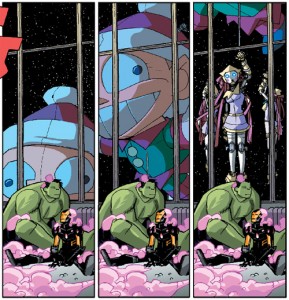
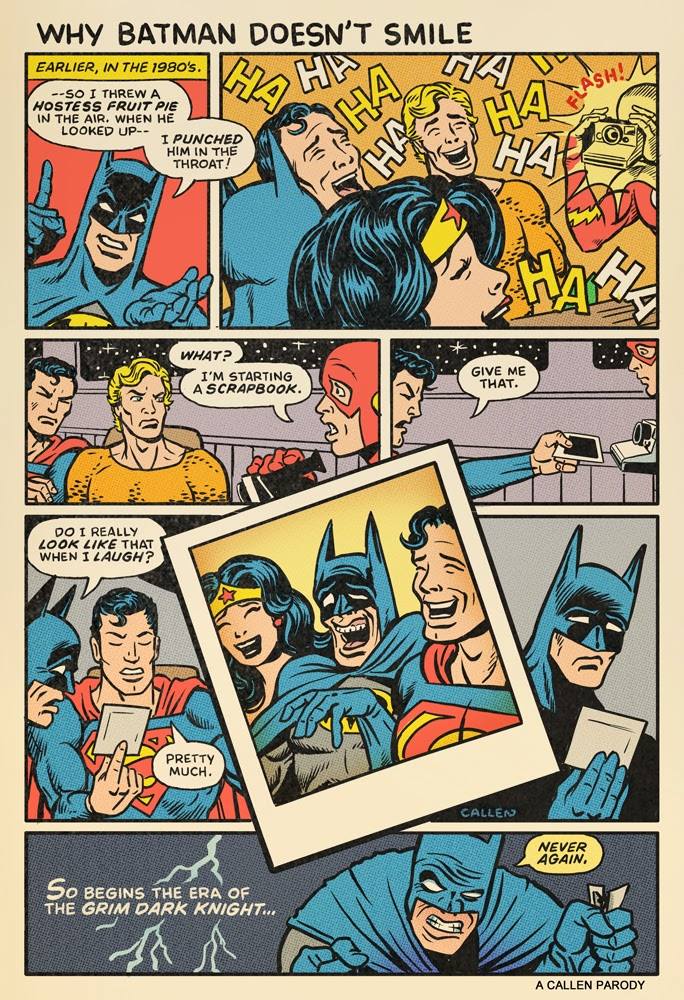
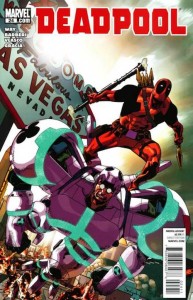
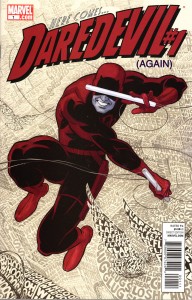
 RSS - Posts
RSS - Posts
Recent Comments